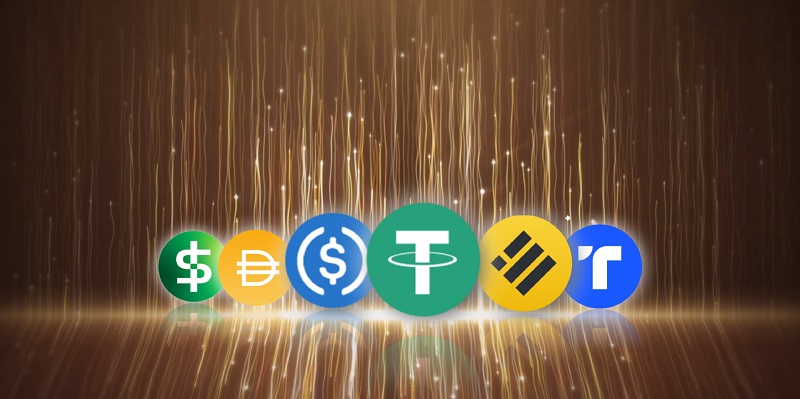In the ever-evolving world of cryptocurrencies, wrapped stablecoins have emerged as game-changers. These innovative digital assets provide stability by operating on multiple blockchains simultaneously, enabling seamless cross-chain transactions and liquidity. In this article, we will explore the benefits, landscape, challenges, and future prospects of wrapped stablecoins.
Stable Value Across Multiple Blockchains
Wrapped stablecoins bring stability to the volatile crypto space. By pegging their value to a stable asset like fiat currency or commodities, they provide a reliable and predictable value regardless of the underlying blockchain. This stability encourages wider adoption and usage in various financial applications.
Flexibility and Accessibility in DeFi
Wrapped stablecoins have unlocked a new level of flexibility and accessibility in decentralized finance (DeFi). Users can now access a wider range of financial products and services across multiple blockchains, transcending the limitations of a single blockchain ecosystem. This opens up exciting opportunities for decentralized lending, borrowing, and trading.
Opportunities for Cross-Chain Transactions and Liquidity
Wrapped stablecoins enable seamless cross-chain transactions, facilitating liquidity and interoperability between different blockchain networks. By acting as a bridge between blockchains, they reduce barriers and enhance the efficiency of cross-chain transfers, allowing users to unlock the value of their assets on various networks.
Landscape of Wrapped Stablecoins
The rise of wrapped stablecoins has seen the emergence of several projects, each offering unique implementations and features. Examples of popular wrapped stablecoin projects include WBTC (Wrapped Bitcoin), wETH (Wrapped Ethereum), and renBTC. These projects vary in their approaches, collateralization mechanisms, and governance models, catering to different user needs and preferences.
Ensuring the Stability of Wrapped Stablecoins
Achieving stability across multiple blockchains requires a robust smart contract architecture and collateralization mechanisms. Smart contracts must be secure, audited, and resilient to potential flaws or vulnerabilities. Collateralization mechanisms play a crucial role in maintaining the stability of wrapped stablecoins. Projects employ different methods, such as over-collateralization or algorithmic stabilization, to ensure that the value remains pegged to the underlying asset.
Challenges and Opportunities in Using Stablecoins Across Multiple Blockchains
The use of stablecoins across multiple blockchains presents unique challenges and opportunities. Technical barriers, such as different consensus mechanisms and programming languages, must be overcome to ensure efficient cross-chain interoperability. Standardized protocols, like Polkadot and Cosmos, aim to address these challenges by providing interoperability frameworks that enable seamless transfer of assets between blockchains.
Efforts Towards Cross-Chain Interoperability
Projects like Polkadot and Cosmos are at the forefront of developing standardized protocols for cross-chain interoperability. These protocols facilitate the transfer of wrapped stablecoins across different blockchains, ensuring a seamless user experience. By enabling interoperability, users can access a wide range of financial products and services, leveraging the advantages of different blockchain ecosystems.
The future of wrapped stablecoins
The future of wrapped stablecoins looks promising as they pave the way for a more inclusive and stable financial system in the digital age. By offering stability and interoperability, wrapped stablecoins enhance accessibility, liquidity, and efficiency within the crypto ecosystem. As these digital assets continue to mature and gain adoption, they have the potential to bridge traditional finance with the world of cryptocurrencies, fostering financial inclusion on a global scale.
Wrapped stablecoins have revolutionized the crypto space by providing stability across multiple blockchains. Their ability to maintain a stable value while operating on various networks has opened up exciting opportunities for decentralized finance and cross-chain transactions. Overcoming technical barriers and ensuring efficient cross-chain interoperability remain critical challenges. However, efforts towards developing standardized protocols and robust smart contract architecture are paving the way for broader adoption and a more inclusive financial system. The future of wrapped stablecoins shines bright as they reshape finance in the digital age.

